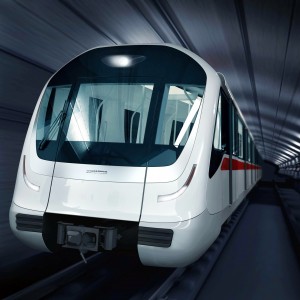
Integration of transportation planning into land use planning is a precondition for establishing a sustainable transportation system. Singapore has been doing this since the 1970s. This integration of land use and transport planning in the city/state was undertaken with consideration given to the environmental impact of transportation. The effectiveness of Singapore’s land transport policies was based on two foundations: effective implementation and the workability of the policies themselves.
The land transport policies of Singapore aimed to deliver an effective land transport network that is integrated, efficient, cost-effective and has a sustainable plan to optimize the use of transport resources and safeguard the well-being of the travelling public. This involved developing and implementing policies to encourage commuters to choose the most appropriate mode of transport
To achieve these objectives, the coordination and integration of pertinent actions, such as: investment and maintenance of the road infrastructure; investment in, and improvement of, public transport; traffic management schemes; implementing road user charges; fiscal measures directed at car ownership; and comprehensive land use planning were elements of the programme.
Along with these efforts, Singapore used the following strategies to create an environmentally sustainable transportation system:
- Emission standards. Vehicle emission standards have been imposed since 1984 by adopting UN/ECE R15.03 standards for petrol vehicles. In 2006, the EURO IV standards for diesel vehicles were adopted;
- Cleaner fuels. In 1998, leaded petrol was phased out in Singapore. The use of ultra-low sulphur diesel was imposed in 2005;
- Legislation/enforcement. Smoke test and mandatory smoke inspection programmes were applied;
- Education. Education of fleet owners and drivers about driving habits, proper pay loads and proper and regular vehicle maintenance was frequently carried out; and
- Government as enabler. Economic as well as command and control instruments, such as a vehicle quota system, electronic road pricing, efficient public transport comprising a seamless public transit system and promotion of green cars were implemented.
Singaporeans are already enjoying benefits of these measures in terms of reduced emissions of sulphur, ultra-low sulphur diesel, SO2 and PM 2.5, as well as overall improvements in air quality.
Case study courtesy of the UNEP Publication, Reducing Emissions from Private Cars: Incentive measures for behavioural change.